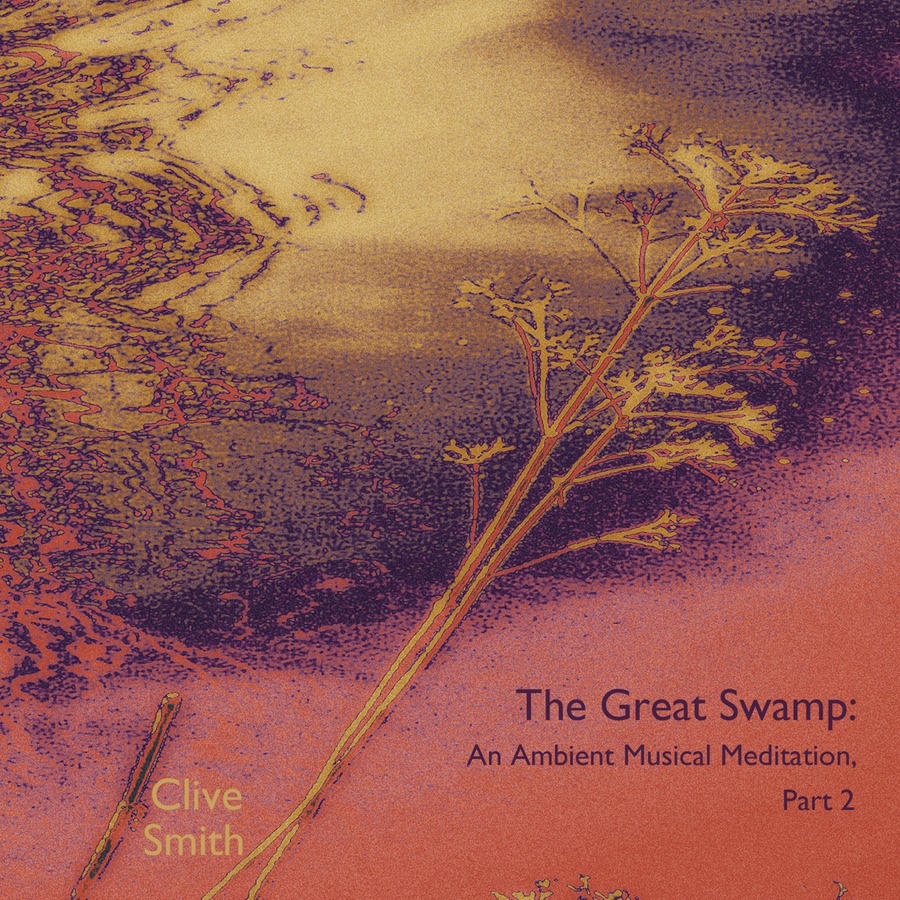
The Great Swamp is spread out over 2 albums, Part 1 and Part 2. In Part 1 the unprocessed birdsong can clearly be heard from time to time, while in Part 2 the birdsong is submerged and absorbed into the musical soundscape.
To preview and/or purchase:
or Amazon
The Great Swamp: An Ambient Musical Meditation started out as a sonic backdrop for an art opening of Todd Doney's Great Swamp-themed paintings at the Griffin Gallery in Madison, NJ, located not far from the Great Swamp.
Normally live ambient music was provided for all Griffin Gallery openings by In Real Time (the duo of Bob Kaus and myself) or by me alone. Pre-recorded music/sound was never used, but this event was a little different. The artist felt that environmental sounds from the Great Swamp might be an interesting addition, so I went to the swamp in mid-March, just prior to Todd's opening, and recorded the sounds there, which consisted mostly of birdsong, the occasional wingflap, and subtle rustling noises.
To make music that went beyond merely coexisting with the birdsong, I created artificial spaces that resonated musical phrases when triggered by similar frequencies from the birds. About 20% of these spaces worked well enough to make it into the final composition. By the time of the opening I had edited the environmental sounds gathered from the swamp and mixed them in with the predominantly tonal washes they helped generate. I played over the top of the mix using electric guitar and laptop. Although the pre-recorded and live elements seemed to work well for the art event, I knew that I wanted more detail, shape and forward movement if the piece was to stand alone as a satisfying musical work. To that end, I extensively resculpted the piece into its final form.
The term ambient implies a certain degree of stasis, and, on the surface, The Great Swamp is quite static, allowing it to be used as a background environment of subtly shifting sonic hues. Beneath the surface, however, I wanted to provide more of a musical narrative, so that the patient listener, once immersed, could follow the progress of individual lines, gestures, harmonies and evolving watercolour-like details.